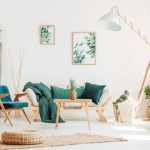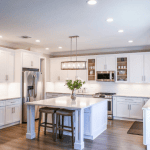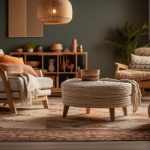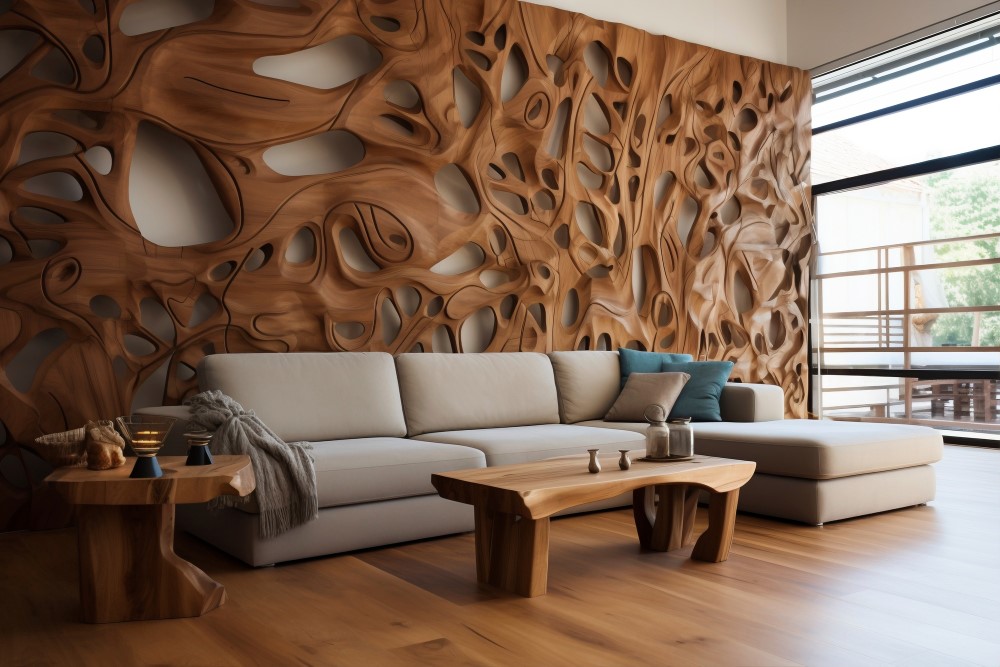
When furnishing a home or office, the choice of material is more than just an aesthetic decision; it’s a practical one that affects durability, maintenance, and cost. Each material—be it wood, metal, glass, or others—carries its own unique strengths and drawbacks. Understanding these can help you make informed decisions that align with your lifestyle and design preferences. In this guide, we will explore some of the most popular furniture materials, starting with wood, metal, and glass, providing insights to help you select the perfect pieces for your space.
Wood
Wood is one of the most traditional and popular materials used in furniture making, valued for its strength, durability, and natural beauty. There are two primary categories of wood used in furniture: hardwoods and softwoods. Hardwoods, such as oak, mahogany, and teak, are typically sourced from deciduous trees. They are prized for their hardness and durability, making them ideal for heavy-use items like dining tables and chairs. Softwoods, like pine and cedar, come from coniferous trees and tend to be lighter and less expensive, suitable for pieces that aren’t subject to heavy wear.
Advantages: Wood furniture offers unmatched durability, especially when crafted from hardwoods. The natural grains and colors of wood can also enhance the aesthetic of any room, offering a warm, inviting feel. Additionally, wood is highly versatile and can be crafted into almost any design, accommodating traditional and modern tastes alike.
Disadvantages: Wood can be vulnerable to scratches, moisture damage, and pests such as termites. Without proper treatment and regular maintenance, wooden furniture may not withstand the elements as well as other materials. Additionally, high-quality wood furniture can be costly, though its longevity often justifies the investment.
Ideal Uses: Solid wood excels in structural roles, such as in frames, legs of tables and chairs, and panels. Its robust nature makes it suitable for both minimalist designs and more intricate, traditional carvings.
Metal
Metal furniture is renowned for its strength, sleek lines, and industrial vibe, making it a favorite in modern interior designs. The most commonly used metals in furniture include aluminum, iron, and stainless steel, each offering different aesthetics and benefits.
Advantages: Metal is exceptionally durable and robust, making it ideal for both indoor and outdoor use. It’s particularly favored in areas that require easy-to-clean surfaces and minimal maintenance, such as kitchens and bathrooms. Metals like aluminum are lightweight and resistant to rust, while iron and steel provide heft and substantiality to furniture pieces.
Disadvantages: Metal can be prone to corrosion if not properly finished, especially in humid or salty environments. It can also be quite heavy, making it difficult to move and reposition. Additionally, metal furniture often carries a higher price tag, reflecting its durability and the craftsmanship required to shape it.
Best Applications: Metal is particularly well-suited for contemporary furniture designs and is often used in combination with other materials, like glass or wood, to enhance structural integrity and aesthetic appeal. It is also a popular choice for patio furniture due to its ability to withstand the elements.
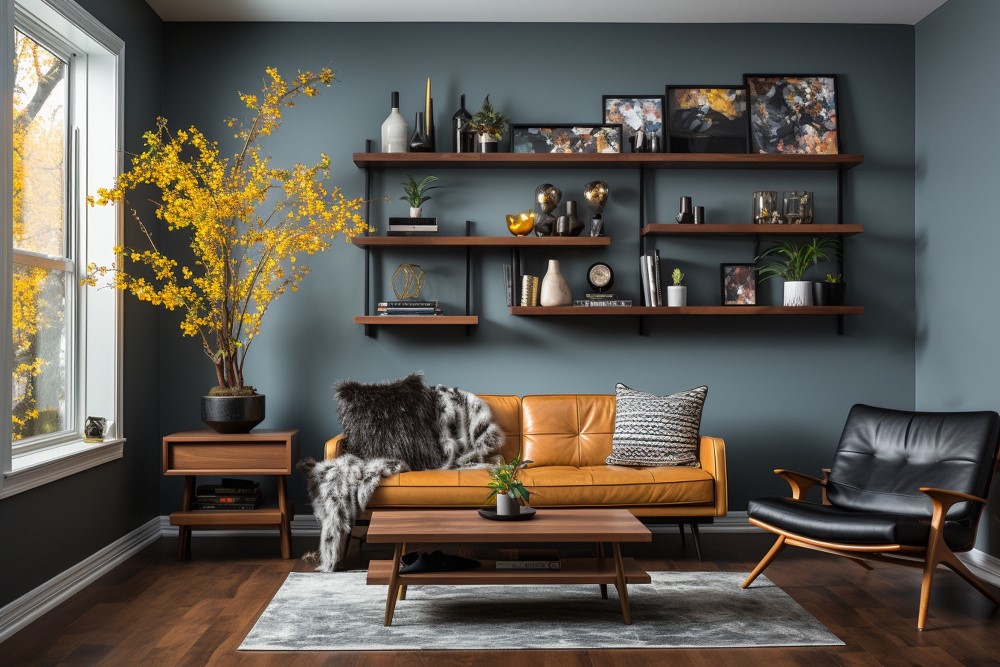
Glass
Glass furniture pieces are cherished for their ability to add a touch of elegance and the illusion of more space. Common types of glass used in furniture include tempered, which is strengthened through thermal treatments, and frosted, which offers a translucent look.
Advantages: Glass is easy to clean and maintain, resistant to stains, and can make small spaces appear larger due to its transparency. It is also versatile in terms of styling, complementing both metal and wood beautifully.
Disadvantages: The major drawback of glass is its fragility. It can break or chip easily if not handled with care, which also raises safety concerns, particularly in households with young children. Additionally, glass furniture requires regular cleaning to maintain its sparkling appearance, as it shows fingerprints and smudges easily.
Usage in Furniture Design: Glass is commonly used for tabletops, shelves, and accent pieces. It is especially prevalent in coffee tables and dining tables, where it contributes a clean, airy feel to the design.
Other Materials
While wood, metal, and glass are staples in furniture design, other materials also offer unique benefits and styles.
Plastic: Often used for its versatility and cost-effectiveness, plastic furniture is lightweight, durable, and available in a multitude of colors and shapes. It’s ideal for modern settings and frequently used in areas where flexibility and ease of maintenance are priorities.
Composite Materials: Products like medium-density fiberboard (MDF) and particle board are made from compressed wood fibers and are popular due to their affordability and smooth surface that’s easy to paint and finish. However, they aren’t as durable as solid wood and can be susceptible to water damage.
Natural Fibers: Materials like rattan and wicker are celebrated for their eco-friendliness and lightweight properties. They are commonly used in patio and casual indoor furniture, offering a relaxed, airy vibe that is perfect for beach homes and sunrooms.
Advantages and Disadvantages: Each of these materials comes with its own set of pros and cons. Plastic is highly resistant to weather conditions and easy to clean but may lack the aesthetic appeal of more natural materials. Composite materials are cost-effective and versatile but may not withstand heavy usage over time. Natural fibers offer a unique aesthetic and comfort but require more care to maintain their condition.
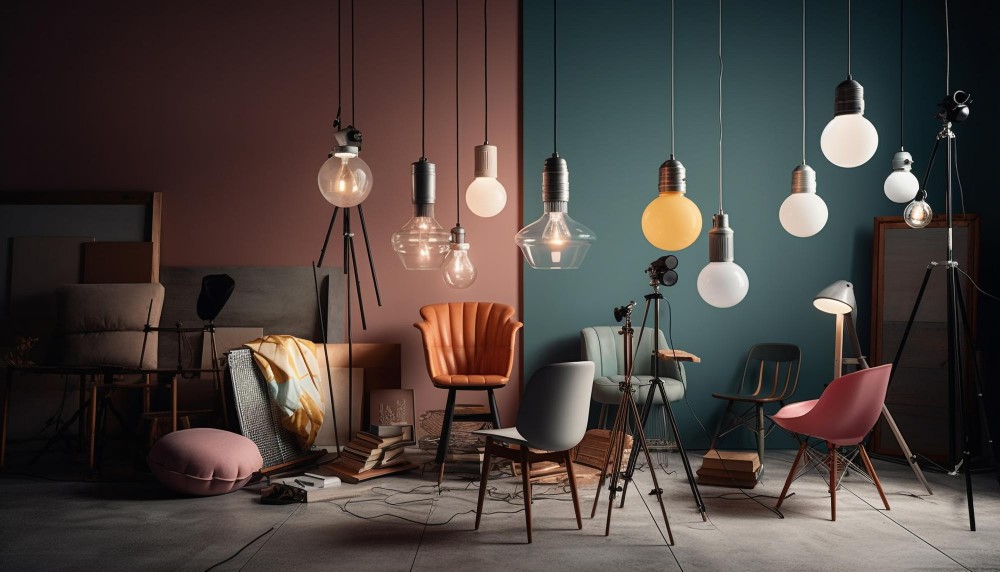
Choosing the Right Material for Your Needs
Selecting the right furniture material involves balancing several factors, including durability, cost, maintenance, and personal style preferences. Consider how the furniture will be used and where it will be placed. High-traffic areas and homes with young children or pets might benefit from more durable materials like metal or hard woods, while decorative pieces can utilize more delicate materials like glass or natural fibers.
Care and Maintenance
Proper care can greatly extend the life of your furniture, regardless of material.
Wood: Regular dusting and occasional polishing will maintain its sheen. Avoid moisture exposure and use coasters to prevent water rings.
Metal: Keep metal furniture dry and clean; apply protective coatings if necessary to prevent rust.
Glass: Wipe down with a glass cleaner regularly to avoid smudges and keep it looking clear.
Plastic and Composites: These materials generally require just a simple wipe-down with a damp cloth. Avoid harsh chemicals that can degrade the surfaces.
Conclusion
Understanding the different types of furniture materials and their specific properties can help you make informed decisions that align with both your aesthetic preferences and practical needs. Whether you opt for the timeless elegance of wood, the sleek strength of metal, the clear beauty of glass, or the versatility of plastics and composites, each material offers unique benefits and challenges. Considering factors like durability, cost, and maintenance will ensure that your furniture not only adds to the beauty of your space but also serves its function well over time.

